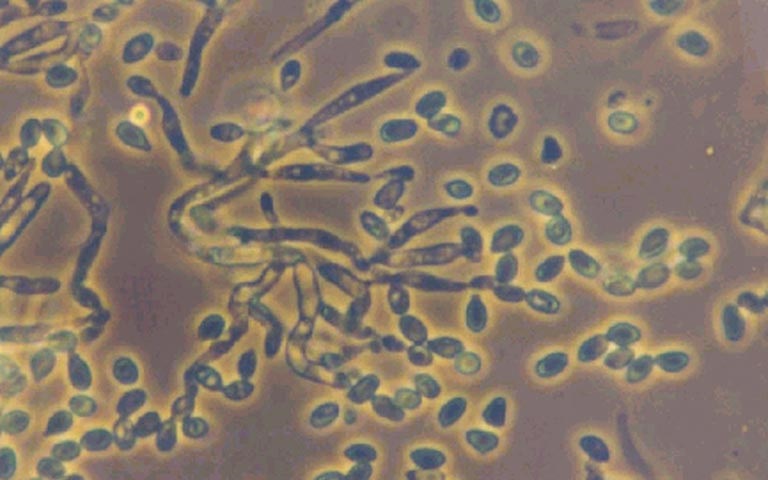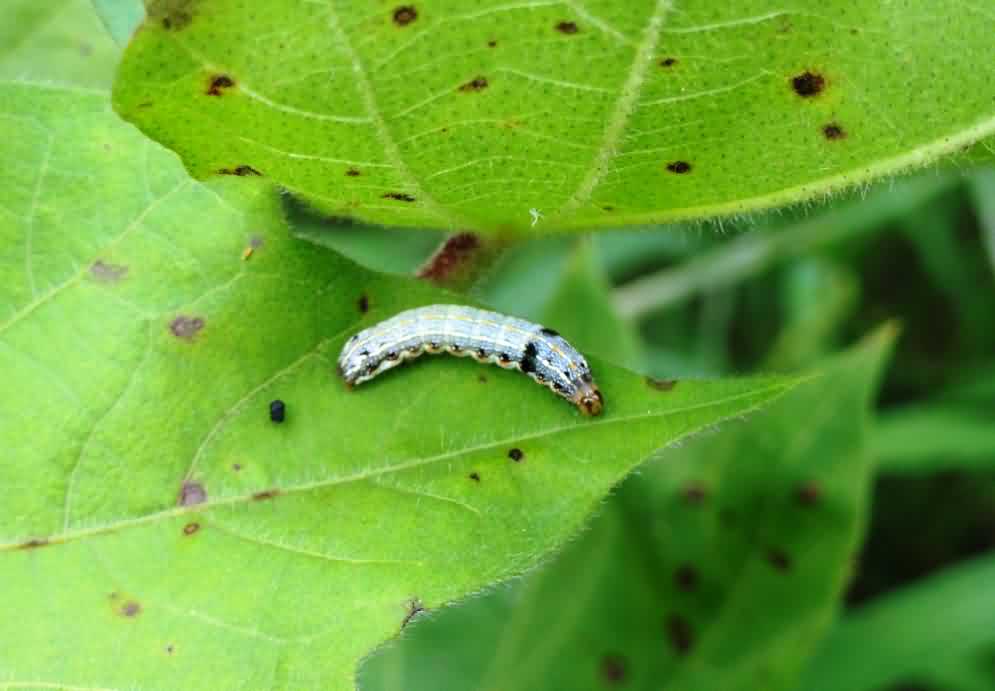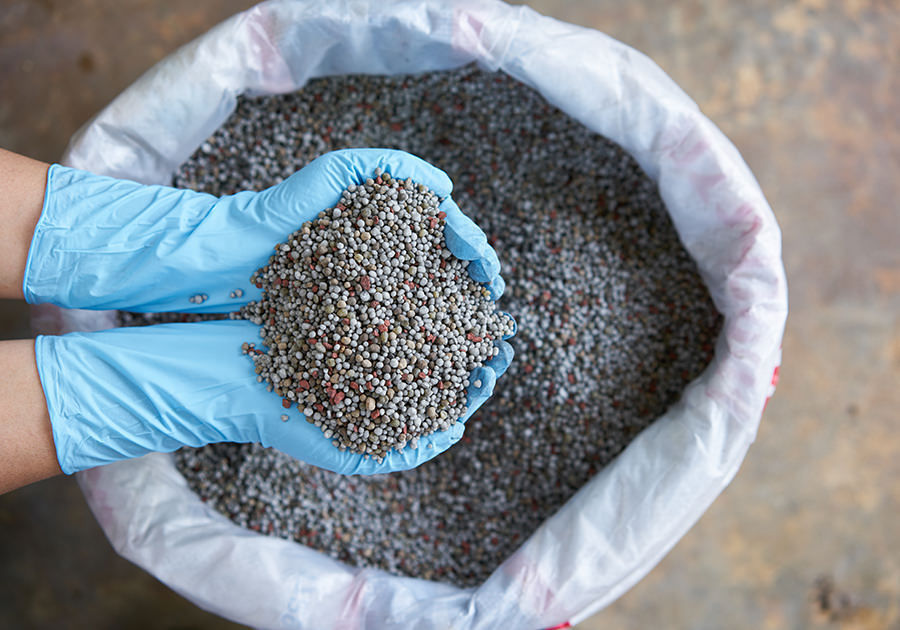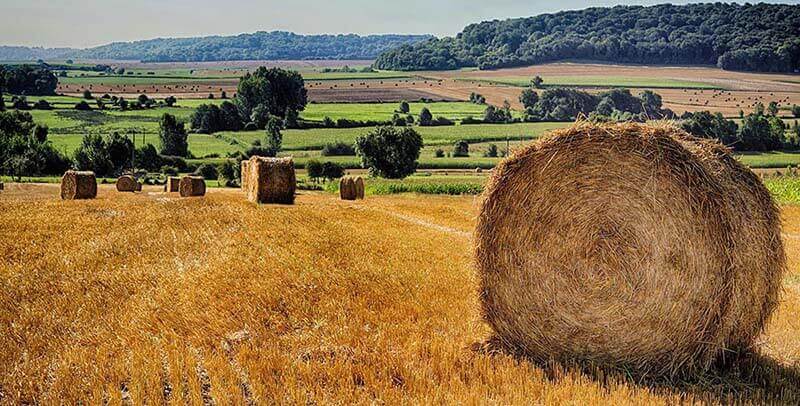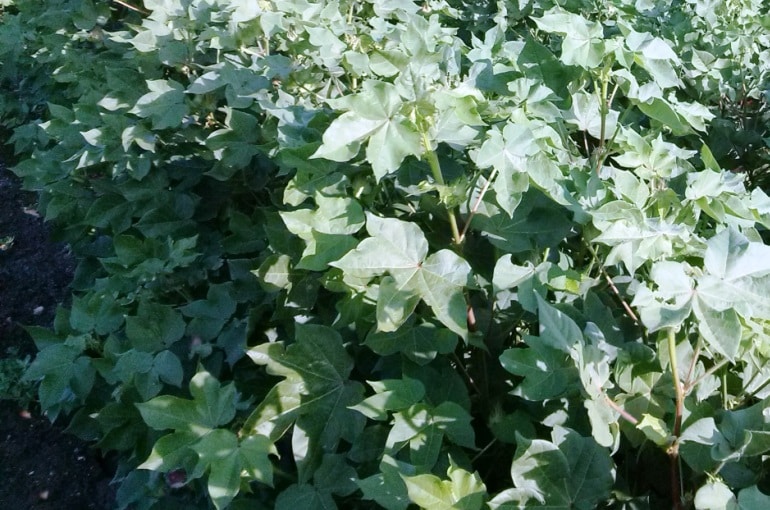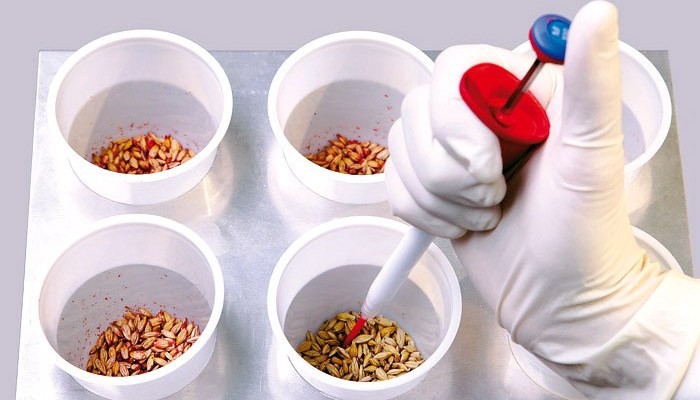Modern agricultural machines are becoming very helpful in speeding up Indian agriculture. With their help, not only the rate of agricultural growth is accelerated but also the economic condition of the farmers gets strengthened. Today, it is possible to do all types of agricultural work in agriculture with modern agricultural implements, tillage, sowing, irrigation, harvesting, harvesting, and storage. Given this, the central government is giving 50 to 80% subsidy on agricultural implements under the SMAM scheme.
This scheme is available to the farmers of all the states of the country and any farmer of the country who is eligible for this scheme can apply for this scheme. This can be applied through online.
How to apply
For an online application for agricultural machinery, first of all, visit https://agrimachinery.nic.in/Farmer/SHGGroups/Registration. After this go to the registration corner where you will get three options. In these options, you have to click on the Farmer option. After this, fill in all the details that you are asked for. In this way, the process of your application will be completed.
Source: Krishi Jagran
Share

